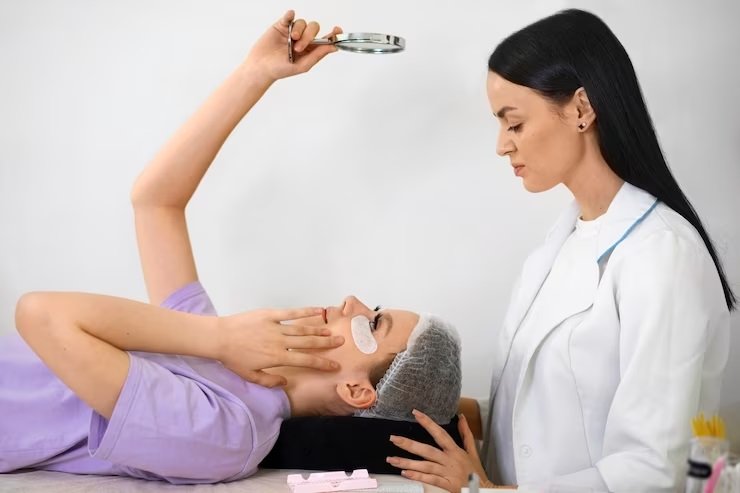Technology in Elder Care: How Innovation is Transforming the Industry

The elder care industry is undergoing a remarkable transformation, driven by rapid advancements in technology. These innovations are not just enhancing the quality of care provided to seniors but are also streamlining operations and improving the efficiency of care delivery. From telemedicine to robotic assistance, the integration of technology into elder care is reshaping the future of senior living and support systems.
The Rise of Telemedicine in Elder Care
Telemedicine has emerged as a cornerstone technology in elder care, particularly highlighted by the global health challenges posed by the COVID-19 pandemic. This technology allows healthcare providers to conduct virtual visits with seniors, enabling timely medical consultations without the need for physical travel. Telemedicine offers numerous benefits, including reducing the risk of infection, minimizing transportation barriers, and providing immediate access to specialists. For seniors with mobility issues or those living in remote areas, telemedicine is a game-changer that ensures they receive the medical attention they need promptly and efficiently.
Robotics and Automation
Robotic technology is another area where significant strides are being made in elder care. Robots are being employed for various tasks ranging from companionship to mobility assistance. Robotic pets, for instance, provide emotional support without the responsibilities and costs associated with a live animal. Meanwhile, robotic mobility aids help seniors move around more safely, reducing the risk of falls and injuries.
Automation extends beyond robotics, influencing how care facilities manage medication distribution, appointment scheduling, and patient monitoring. Automated systems can alert staff about essential tasks, ensure medication is dispensed accurately, and monitor vital signs, contributing to higher standards of care and better patient outcomes.
Wearable Technology for Health Monitoring
Wearable devices are increasingly popular in monitoring the health and wellness of seniors. These devices track vital signs like heart rate, blood pressure, and sleep patterns, providing continuous health monitoring in a non-intrusive way. The data collected can alert caregivers and medical professionals to potential health issues before they become severe, allowing for preventative measures to be taken swiftly. Wearable technology empowers seniors to maintain their independence while ensuring their health is closely monitored.
Cognitive Assistive Devices
Technology is not just transforming physical health management but is also revolutionizing support for seniors with cognitive impairments such as Alzheimer’s and dementia. Cognitive assistive devices can help improve the quality of life for these individuals through reminders for medication, appointments, and everyday tasks. These devices can also help seniors navigate their living environments more easily and safely, using GPS and other tracking technologies to assist in real-time orientation and wayfinding.
Smart Homes and IoT
The integration of the Internet of Things (IoT) into elder care is turning senior living spaces into smart homes. These environments use IoT devices such as sensors, smart lights, and voice-activated systems to create a safer and more comfortable living space. Sensors can detect movements and alert caregivers if a senior is in trouble, such as after a fall or if they haven’t moved for an unusually long time. Smart thermostats and lights adjust the environment to suit the needs and preferences of seniors, promoting better sleep and overall comfort.
Training and Support for Caregivers
With the adoption of these technologies, training for caregivers is paramount to ensure they are capable of operating new systems and tools effectively. Educational programs and workshops are essential to equip caregivers with the necessary skills to integrate technology into their care routines seamlessly. Continuous support and training also help caregivers stay updated on the latest technological advancements and best practices in elder care.
Conclusion
As technology continues to evolve, its application in elder care is bound to expand, bringing more sophisticated and effective senior care solutions to the forefront. These innovations promise not only to enhance the quality of life for seniors but also to provide support and ease the burden on caregivers and healthcare providers. With ongoing advancements, the future of elder care looks promising, with technology at its heart, ensuring seniors lead comfortable, independent, and dignified lives in their later years.














